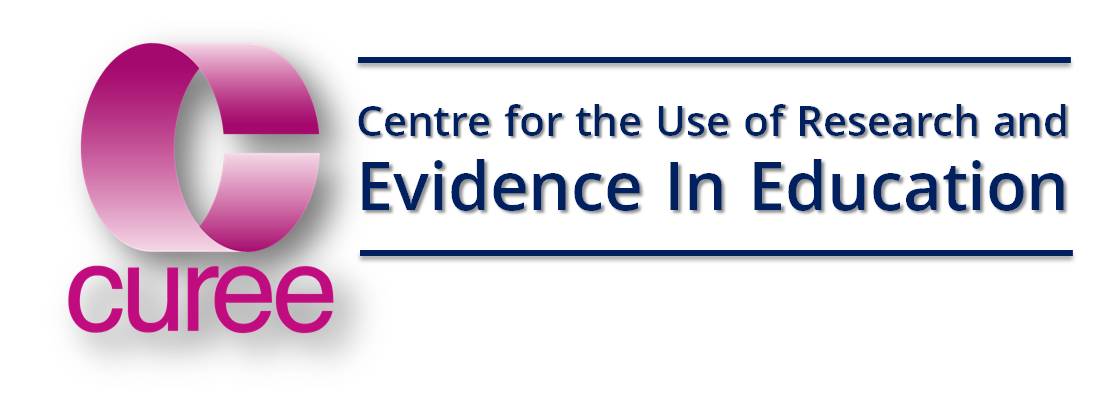Making school less 'schooly': what's the impact on student attitudes?
Aim: Over a period of several years, we set out to transform the ethos of our school. Our hypothesis was that this could raise pupils aspirations and attainment. Adopting a range of strategies, we looked to change the attitudes of staff and pupils towards learning and the learning environment. Our sense was that there was no reason why schools have to feel 'schooly' with no toilet paper and graffiti. We aimed to create a school where we knew students by name and where adults routinely had conversations with youngsters.
